Musée d’Orsay
Contrary to the Orangerie, the Musée d’Orsay that sits on the other side of the Seine is the most sought for Museum in Paris after the Louvre. The museum was installed in the former Orsay railway station on the banks of the Seine, built for the Universal Exhibition of 1900. The building itself could be seen as the first “work of art” in the Musee d’Orsay, which displays collections of art from the period 1848 to 1914.
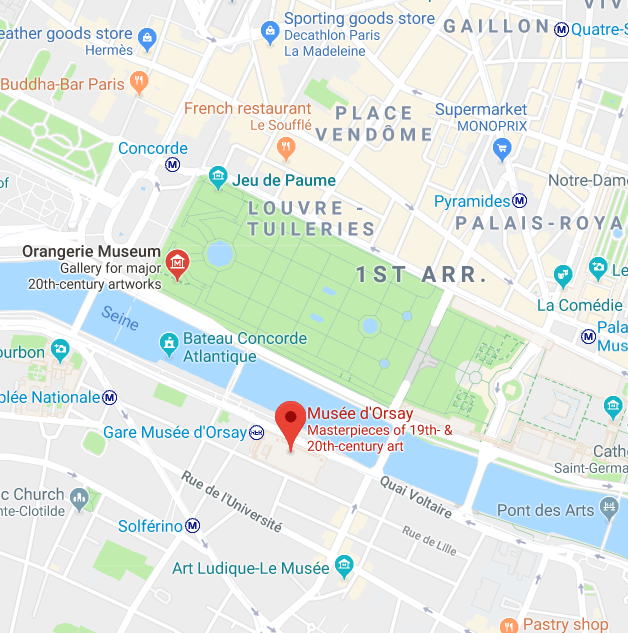
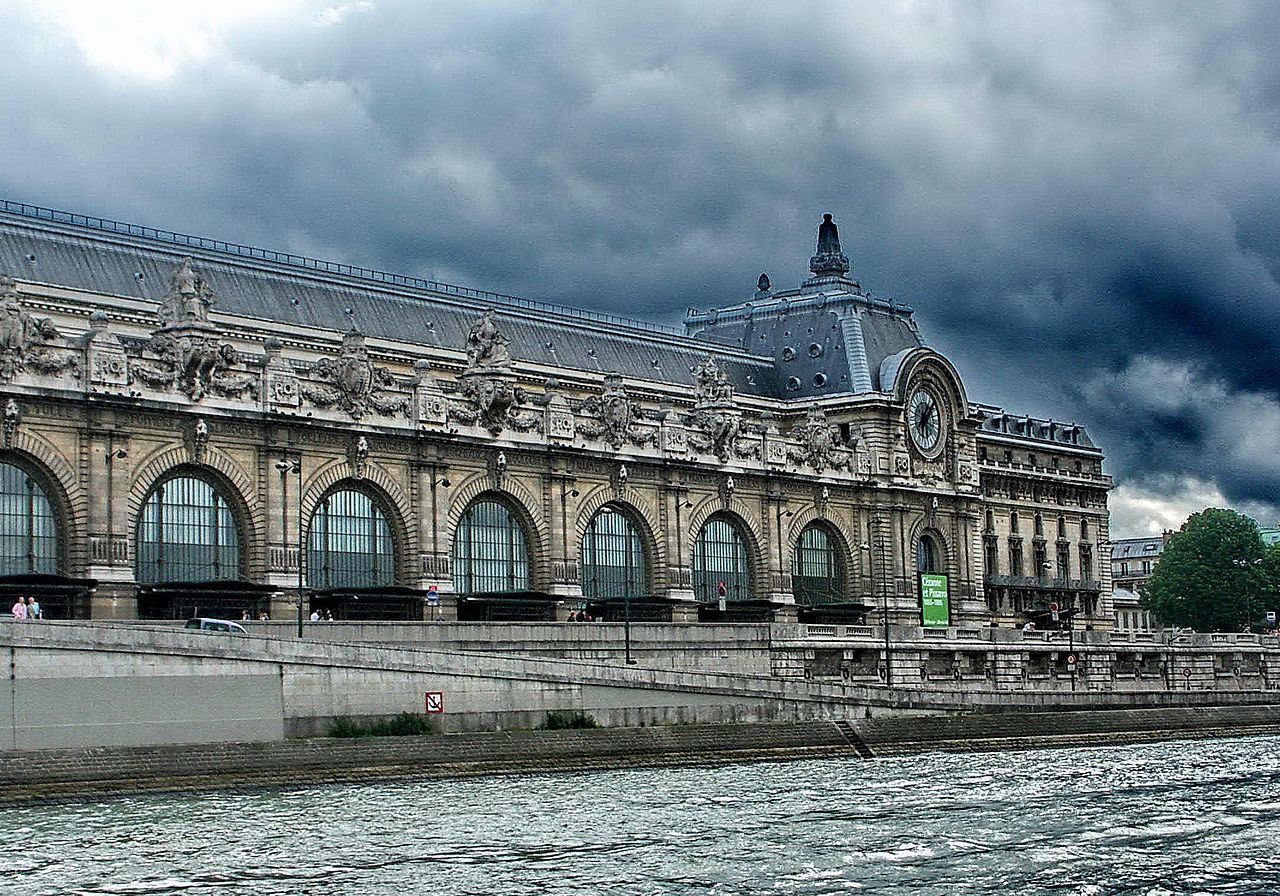
This is a relatively new museum that opened its doors to the public on 9 December 1986 to show the great diversity of artistic creation in the western world between 1848 and 1914. It was formed with the national collections coming mainly from three establishments: from the Louvre museum, for the works of artists born after 1820 or coming to the fore during the Second Republic; from the Musée du Jeu de Paume, which since 1947 had been devoted to Impressionism; and lastly from the National Museum of Modern Art, which, when it moved in 1976 to the Centre Georges Pompidou, only kept works of artists born after 1870. But each artistic discipline represented in the Musée d’Orsay collections has its own history.
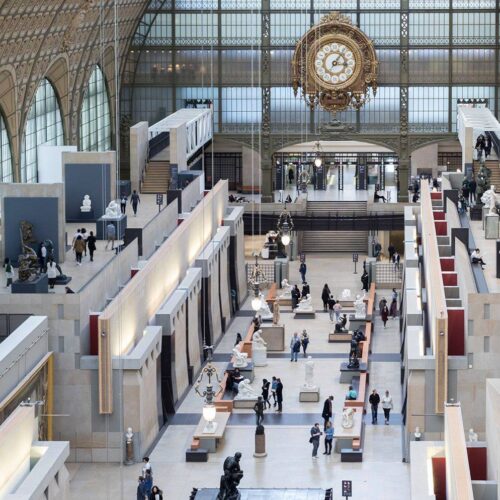
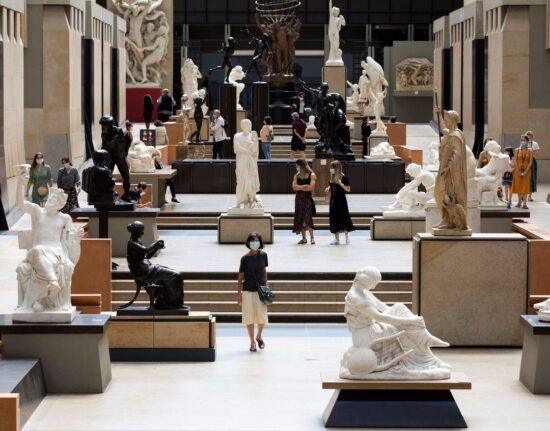
The 19th century was a remarkably prolific period for sculpture. The triumphant middle-class and the political powers eagerly appropriated this art form, the former to decorate its homes and proclaim its social status, and the latter to inscribe the ideals and beliefs of the period in stone and bronze. There was huge demand for sculpture which, because of its cost, depended almost entirely on commissions. But from 1945, the art world turned away from the works produced in this period, regarded as too official, and many works vanished into the storerooms for a season in purgatory that lasted for several decades. Only a few major “modern” figures, such as Rodin, escaped from the general disenchantment.

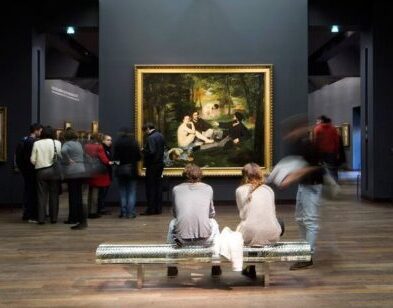

In the 1970s, the idea of converting the Orsay railway station into a museum gave sculpture from the second half of the 19th century a new lease on life. The new museum offered an ideal space for displaying sculpture: the great central nave lit by the changing daylight streaming through the glass roof. The public was able to rediscover the wealth and diversity of the sculpture from this period. When it opened in December 1986, the Musée d’Orsay had assembled some 1,200 sculptures, mostly from the former collections of the Musée du Luxembourg, the Louvre, and state loans.
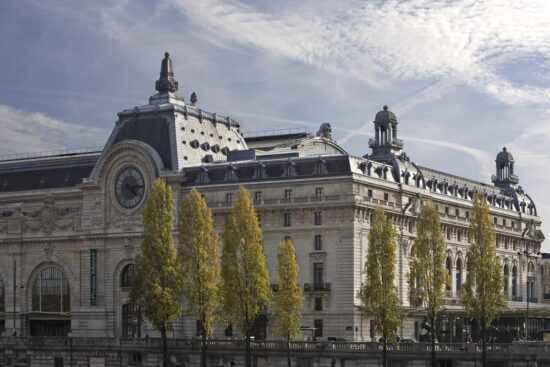
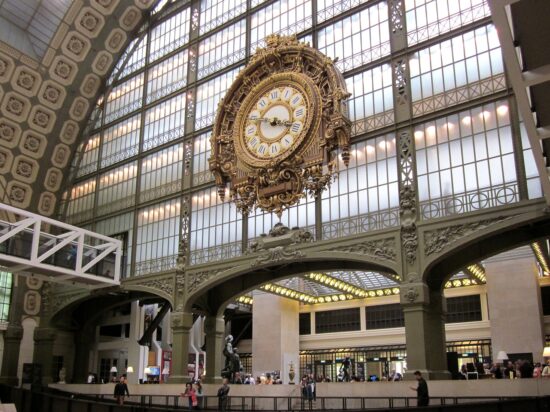
Discover the history of the collections here. Among the featured artists are Cézanne, Degas, Gallé, Gauguin, Manet, Monet, Pissarro, Redon, Renoir, Picasso, van Gogh. The richness of the collections is such that this museum manages to steal some of the popularity of the Louvre, an achievement of its own accord.

